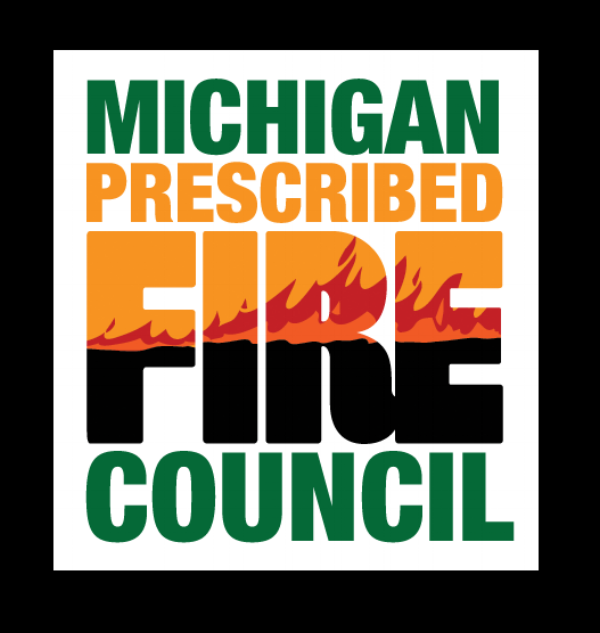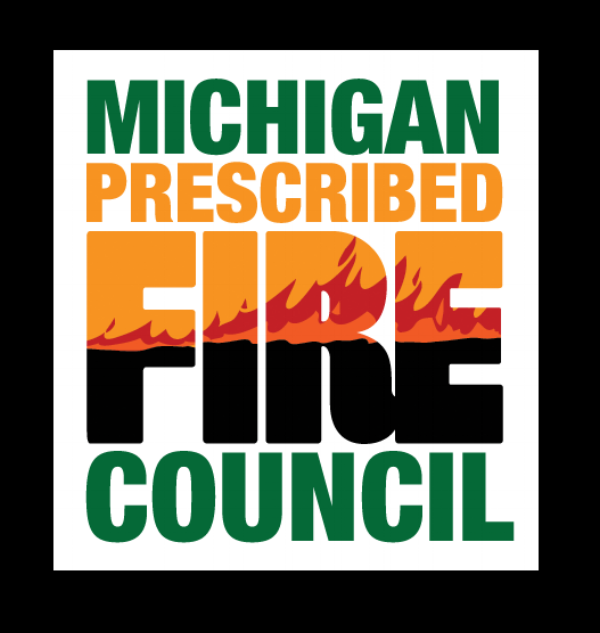Michigan Prescribed Fire Council
Steering Committee Tentative Meeting Agenda
2-4 PM Eastern, March 10th, 2021
MEETING LINK: https://msu.zoom.us/j/93629117349
START RECORDING, Assign Notetaker
2:00 – 2:10 Welcome and brief introductions (Name, Title, Affiliation)
2:10 – 2:15 Schedule future steering committee meetings – 4/year? Mar, Jun, Sept, Dec?
1. Email sent to current steering committee asking for confirmation of continued participation
2:15 – 2:35 Burning Issues AAR Summary
1. Registration and Attendance stats – total, by day, by affiliation, geo reach (Craig and Jack)
2. Recordings, PDFs, chatbox, references – JFSP/MPFC websites, Youtube (Craig and Jack)
3. Speaker thank-yous and gifts (Jack and Stephanie)
a. Merchandise housed at KNC?
b. Shipping costs?
4. Feedback survey results (Craig)
5. Future BI considerations – more online meetings? Paired in-person events/field-tours?
2:35 – 2:50 Regional and MI PFC Survey Result Summaries
1. Review summary document, compare and contrast regional vs. state surveys
2. Top 3 issues in Michigan, based on surveys:
a. Liability, Legislation, and Risk Management
b. Fire Training Availability and Qualification Standards
c. Limited Resources for Prescribed Fire
3. Top Priorities for MI PFC
a. This year…
i. Establish RX Certification Standards and Certified Burn Manager Program
ii. Education and outreach
iii. Private landowner and non-agency training, capacity, and outreach
b. Next 5 years…
i. More education and training – Certified Burn Manager Program
ii. Private landowner outreach, volunteer force coordination
iii. Sustainable council funding, management, and member activation models
2:50 – 3:10 MI PFC Committee Review, Assignments, and 2021 Action Items
1. Establish a Certified Burn Manager Program Committee?
a. Committee chair and participating members
b. Regular meetings – advance toward goal – 5 years?
c. Addresses liability, legislation, risk management, training, qualifications, education, private landowner, and non-agency concerns identified above
2. EDUCATION AND OUTREACH Committee
a. Committee chair and participating members
b. System of social media outreach (fed to Stephanie Bradshaw)
i. 1 per week - BI session recordings, SE regional infographics, other content
c. 2 annual/biannual events: 1 targeting fire practitioners (BI?), 1 targeting general public and private landowners (e.g., learn ‘n burn event or a fire festival)
3. TRAINING, CERTIFICATION, & CAPACITY Committee (name change?)
a. Host open-access FFT2 training
b. Host an advanced training
c. Create a system for regional capacity sharing (PBA like?)
3:10 – 3:30 MI PFC Coordinator Position (Council Sustainability Concerns from survey)
1. Discussed on 3/1/2021 in virtual meeting - MI PFC (Vander Yacht, McGowan-Stinski, Richards) & KNC (Simons, Koziatek, Bradshaw, Martin)
2. Job description document review
a. Conference, Event, and Training Registrations
b. Communications – Mailchimp, Survey Monkey, social media, website
c. File management – shared drive (MI PFC Google Account?) – Consolidate!
d. Acting TREASURER, PNC bank account management
i. Vote – Stephanie Bradshaw as MI PFC Treasurer
ii. Account access – New or transferred from Paul Mayer (visit branch?)
iii. KNC as fiduciary or “fiscal sponsor”? Account under organization
1. Avoids future complications of account associated with an individual
2. Provide reasoning to KNC leadership
a. MI PFC, DNR, and USFS letters indicating drawbacks of 501(3)(c) - granting agencies cannot lead such groups
b. “An unincorporated association can operate as a tax-exempt nonprofit as long as the purpose of its activity is of public benefit, and annual revenues are less than $5,000”
i. https://www.legalzoom.com/articles/unincorporated-nonprofit-association-vs-nonprofit-corporation
ii. https://www.thebalancesmb.com/what-is-an-unincorporated-nonprofit-association-2501895
iii. https://www.nolo.com/legal-encyclopedia/what-an-unincorporated-nonprofit-association.html
c. fiscal sponsor: https://www.thebalancesmb.com/how-fiscal-sponsorship-works-2502140
d. BUT…LIABILITY concerns? <$50,000/year = easy tax filing?
i. BUT – DNR/USFS participation CRUCIAL!
iv. Get a federal EIN for MI PFC?
e. PAY – MI PFC covers % of time for position within KNC
i. FCTC initially covers costs, we develop sustainable model (BI, trainings)
ii. 10-15% of salary
3:30 – 3:40 Vice Chair Nominations, Discussion, and Voting
3:40 – 3:45 Discussion of Bylaws – Sexual Harassment and Non-discriminatory Policy Inclusion
3:45 – 3:55 Regional and National PFC Meeting Summary
3:55 – 4:00 Roundtable Discussion












